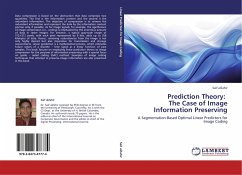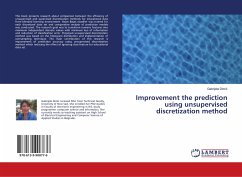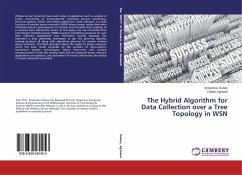Data compression is based on the abstraction that data comprises two quantities. The first is the information content and the second is the redundant information. The objective of compression is to remove the redundant information and represent the data by the information content portion only, if possible. As for image signals, for example, the significance of image compression (i.e., coding) is emphasized by the enormous amount of data in raster images. For instance, a typical gray-scale image of 512×512 pixels, with each pixel represented by 8 bits, adds up to 256 kilobytes of data. Hence, removing redundancies from the image is not only highly desired but also imperative for transmission and storage requirements. Linear prediction is a mathematical process, which estimates future values of a discrete time signal as a linear function of past samples. This book focuses on employing linear prediction theory to image compression for the purpose of information preserving with a special focus on guide aided coding (GAC) method. Examples of image coding techniques that attempt to preserve image information are also presented in this book.








